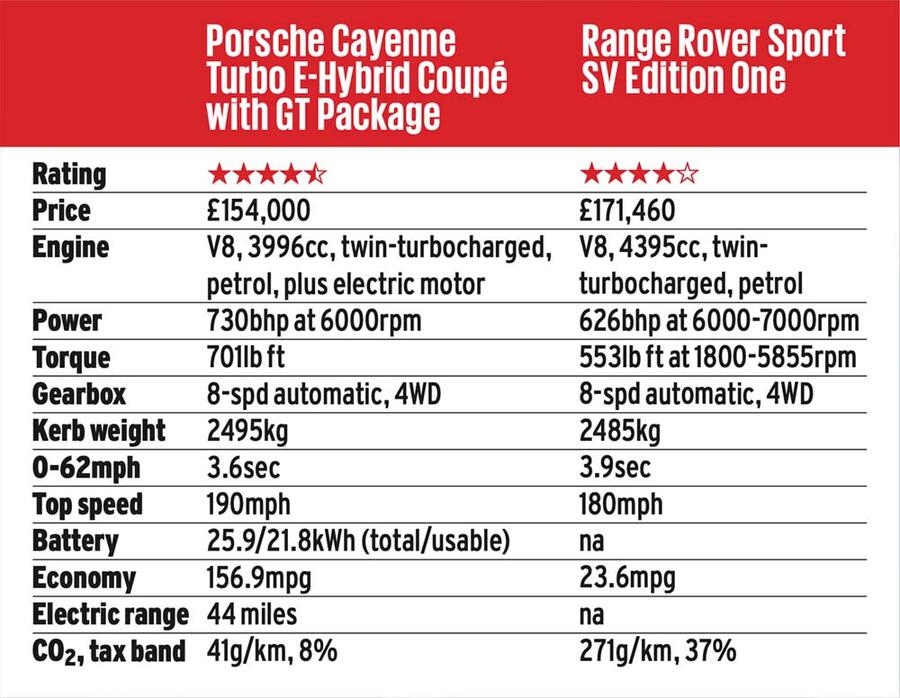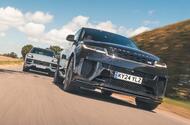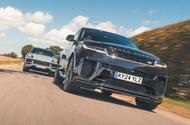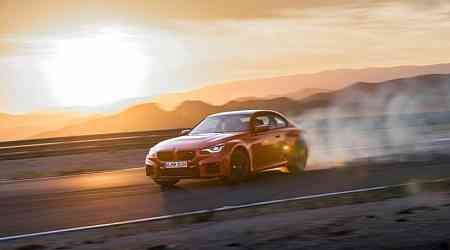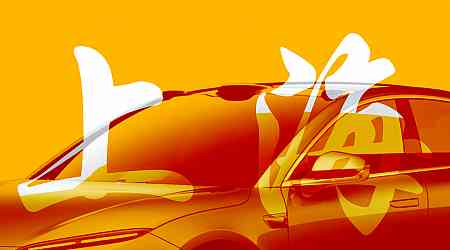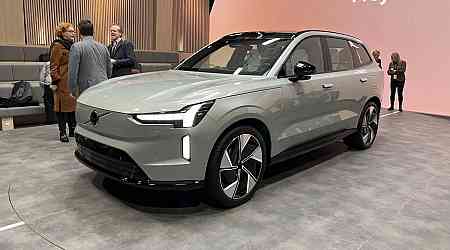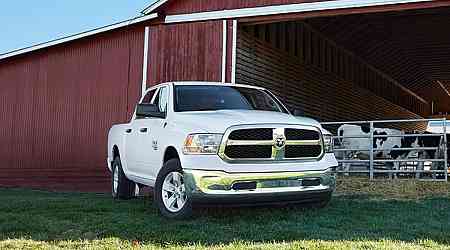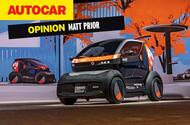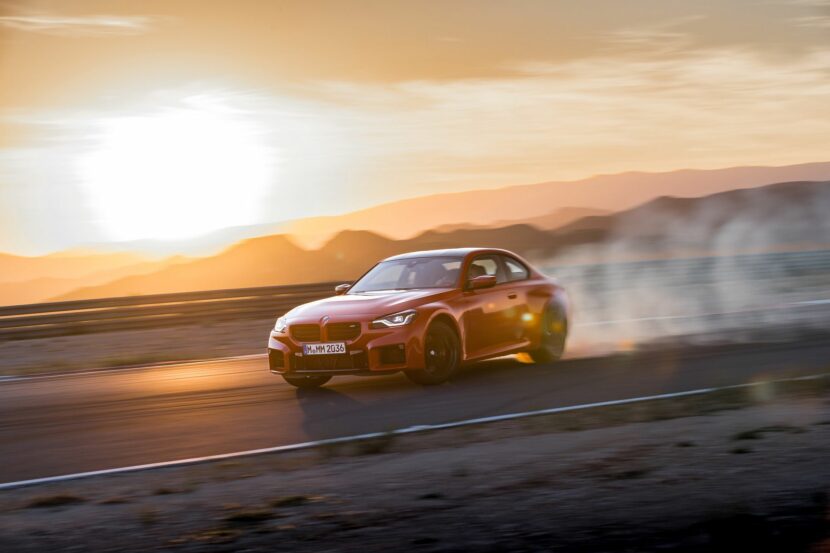Would you believe that the gestative Porsche Cayenne was, at one stage in the late 1990s, tipped to be given an altogether different model identity? The ‘Sportility’. What a Monday morning brainstorming session that one must have been.
Long-time readers might just begin to recall that model name slowly surfacing from dim memories of Autocar news pages published around the turn of the millennium, alongside photos of various camouflaged SUV prototypes. If you have an Autocar digital archive subscription (or a loft-filling magazine collection of your own), you’ll even be able to look them up.
And what a different automotive landscape we might now have if only that particular sliding doors moment had played out the other way. What i f one of the most profitable, influential and transformative cars of the very early 21st century had actually been named as if it were a sanitary product or, worse, like a budget-brand treatment for a condition that men of a certain age, ahem, simply don’t like to talk about much?
In our dimension, reader, Zuffenhausen avoided that calamity: and now look where we are. It’s been a little more than 20 years since the world met the Cayenne Turbo, and about that many since Land Rover followed Porsche with the memorable Range Stormer concept that previewed closely the first Range Rover Sport.
Back then, a five-metre-long, two-and-abit-tonne SUV that looked, sounded and went more like a super-saloon was a novel and potent concept. And today? Porsche has become arguably the greatest single car brand in the world, and Land Rover hasn’t done too badly either. Both, though, have been fuelled by their high-riding, big-hitting golden geese.
And yet, somehow, being big and going fast is no longer enough for these cars. Already works of physics-challenging dynamic prowess almost by default, the latest inheritors of these founding lineages are now expected to go even further and achieve more.
So who has the last word (for the time being…) in ‘Sportility ’ excellence, two decades later in 2024: Stuttgart or Gaydon?
Introducing the Porsche Cayenne Turbo E-Hybrid and Range Rover SV
Quick links: Performance - Driving dynamics - Verdict
Before we can get that far, we had better recognise how differently they are doing it. Much water has passed under the bridge since 2002. The market for sports SUVs with six-figure price tags has exploded, for one; and brands with more pulling power even than Range Rover and Porsche have taken up residence within it – which means both the Range Rover Sport and the Cayenne have had to start punching even harder, and aiming higher, just to hold their ground.
The latest ‘L461’ Range Rover Sport appeared in new-generation form as recently as 2022, the current Cayenne was heavily facelifted in 2023 and now both ranges have their full-house performance hero derivatives in showrooms. So to give both cars their full billing, here we are looking at the Porsche Cayenne Turbo E-Hybrid Coupé with GT Package, versus the Range Rover Sport VS Edition One.
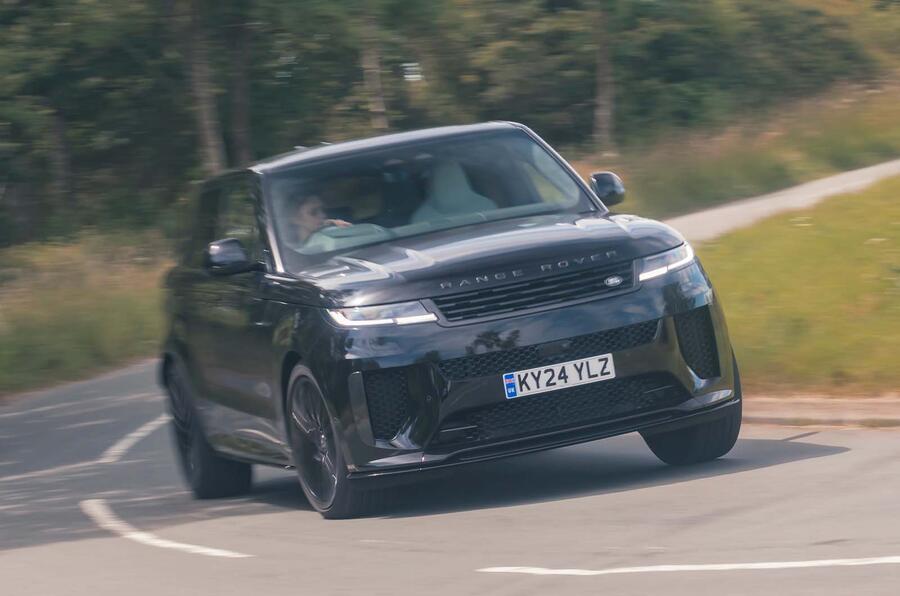
Equipped as we find them today, neither one would give you much change from £175,000. Which is sobering – even if, thanks to the likes of Lamborghini, Aston Martin, Rolls-Royce and others, the super-rich are now well used to paying supercar cash for their super-SUVs.
Right from the moment it appeared, this generation of Range Rover Sport was bidding for a more sophisticated and design-savvy customer base than either of its predecessor model generations had courted, with its eerily sleek body surfacing and its materially rich yet ‘reductively designed’, city-duplex-neat interior.
The Cayenne, meanwhile, has reached for modernity somewhat differently, by the more broad integration of digital cabin technology and electrified powertrains – the latter notably in Europe’s range-topping Cayenne Turbo E-Hybrid, which comes with a walloping 730bhp (fully 64% more firepower than the original Cayenne Turbo carried all those years ago).
As slick and refined-looking as it may be, however, there’s a whole lot more visual bulk to the Range Rover Sport than there is to the Cayenne Coupé, but where cars such as these are concerned, that's not necessarily a bad thing.
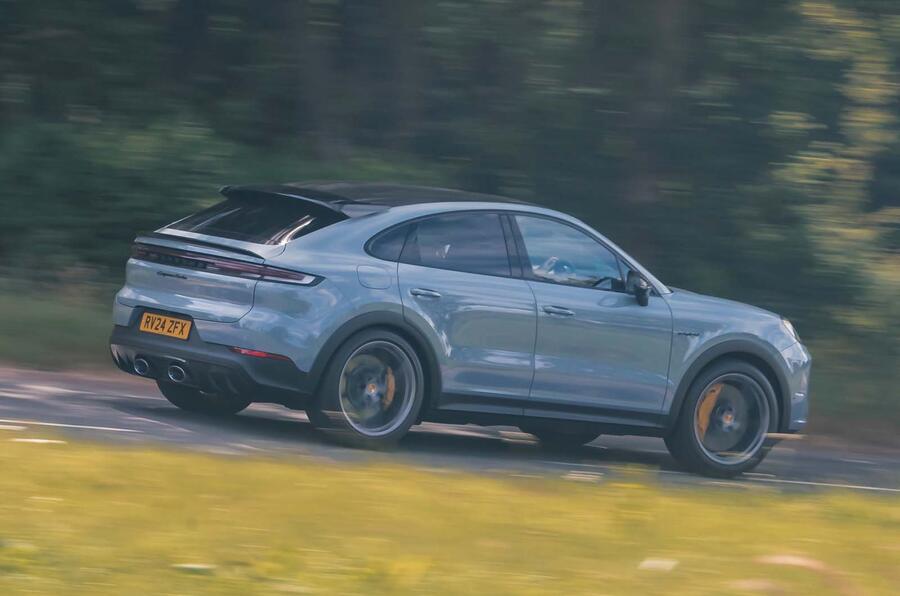
The SV has that capability- and versatility boosting, ready-for whatever sense of heft to it from the outside. Inside, that relative sense of size translates into a cabin that feels considerably wider and airier than that of the Porsche.
It doesn’t deliver much more second row passenger space than the Cayenne, which is a little surprising (although both cars offer plenty of space for adults), but it does have a significantly bigger boot. The Cayenne Coupé’s cargo bay is long and wide but too shallow for especially tall and bulky loads; the Range Rover Sport’s is properly dog-box-friendly.
Moreover, if you just happen to like a big car – and we can assume that luxury SUV buyers probably do – the Range Rover Sport has got a sheer presence about it that the swoopier, carbonfibre-roofed Porsche can’t quite equal. The Porsche undoubtedly looks quicker, though, with its GT-Design wheels, more conspicuous aero devices both big and small and those voracious-looking forward air intakes.
While we’re on the topic, you may be thinking fast Range Rover Sports used to look a bit naughtier than this new SV. You’re not wrong. In losing the ‘R’ from the old Sport SVR’s model identity, it’s as if JLR is trying to rid the Sport of those rather conspicuous aftermarket associations to which the car has been almost unavoidably subjected over the past decade or so.
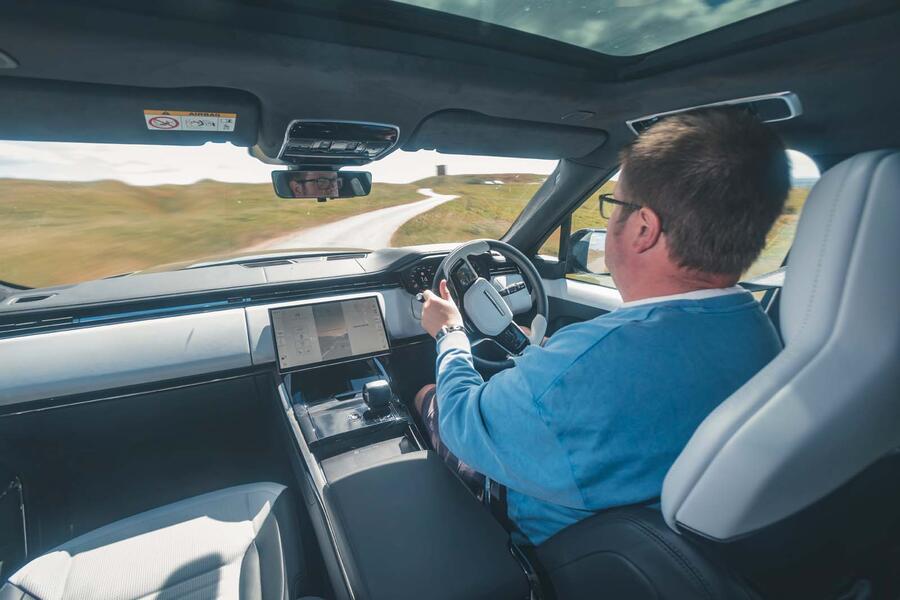
Specifically, this new generation of Range Rover Sport deals in a performance language that isn’t as easy for the likes of Overfinch, Urban and Kahn Design to cash in on – while perhaps attracting buyers who aren’t just in it for the potentially antisocial pace and sheer deafening volume they can generate in the outside lane of the motorway.
A reset button has gently been pressed on this car, then. But on the driving experience too? Maybe. As we'll come to shortly, there's certainly less of the ‘wideboy’ about the Range Rover Sport SV’s updated dynamic character and a bit more in the way of wider focus.
Technically at least, and leaving the Porsche’s electrification to one side for a moment, these two SUVs do things surprisingly similarly. Both use multi-chamber air suspension, four-wheel steering (although it’s optional in the case of the Porsche), and torque-vectoring rear differentials to manipulate an awful lot of power and bulk. Their philosophies on anti-roll control, wheel travel and mechanical grip levels are more different, though.
The Range Rover’s 6D interlinked adaptive damping system is new to Land Rover, and it means the car can do away with anti-roll bars altogether; the Porsche’s PDCC active anti roll bars only pretend not to be there when conditions are just so.
Their electric motors allow them to in effect disconnect when the car is running straight in Comfort mode, or running off road, only to reconnect when it’s cornering under load or to help influence the handling behaviour.
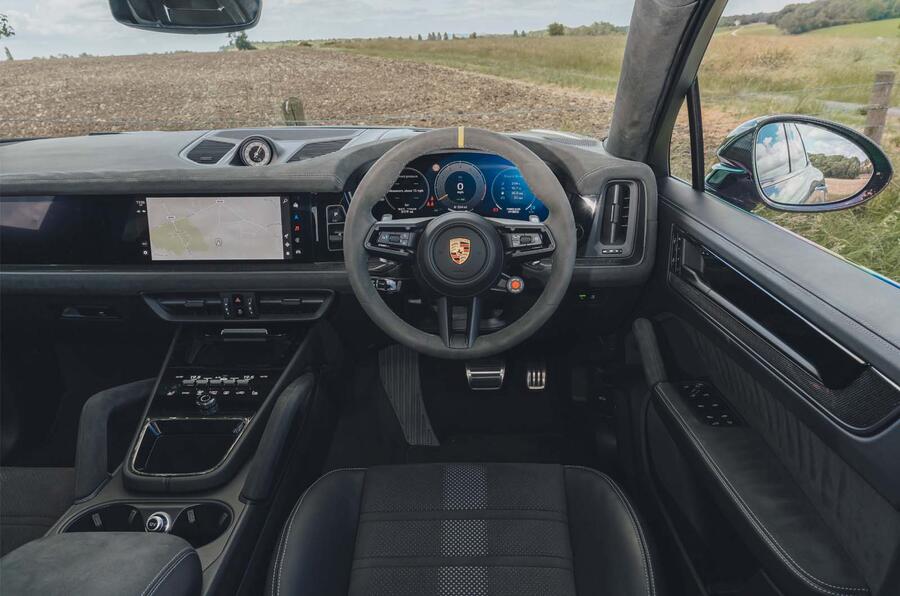
The Range Rover comes on all-season tyres, which underline Land Rover’s characteristic focus on genuine dual-purpose, any-surface capability; the Porsche sits on Pirelli P Zero road rubber, with even more focused Corsas available as an option. That says a lot all on its own.
The Porsche’s hybrid powertrain predictably gives it the upper hand on power and torque, but does it also penalise it on weight? Well – thanks to Porsche’s optional GT Package – not by nearly as much as you might expect.
This is the consolation prize that the company offers us Europeans because we are denied the forbidden fruit of the top-of-the-shop Cayenne Turbo GT that’s available in markets with a currently more liberal attitude towards CO2 emissions.
Go for a GT Package Cayenne Coupé and you get various goodies from the Turbo GT, among them a carbonfibre roof and rear diffuser, a lightweight titanium sports exhaust, lightweight front wheel hubs that give the car more negative wheel camber, a lightweight starter battery and a few other incremental weight-shaving features besides.
The whole thing saves this Cayenne a little over 100kg and means the Porsche’s homologated kerb weight is just 10kg greater than that of the Range Rover – batteries, electric drive motor and all. So the Range Rover Sport is actually the lighter car in this comparison, at least on paper (and that doesn’t happen often) – but Stuttgart’s entrant is perhaps the moral victor.
Porsche Cayenne Turbo E-Hybrid Coupe GT vs Range Rover Sport SV: Performance
If you think hybrids are sanctimonious, goodie-two-shoes kinds of cars about as likely to excite as a wholefood salad in a cardboard box, the Cayenne Turbo E-Hybrid has got news for you.
It starts and moves off quietly under electric power, and typically keeps quite a low profile as it goes. But turn that drive mode selector on the steering wheel around to Sport mode and this car grows horns.
The titanium exhaust starts to below enticingly; the engine and gearbox develop a wonderful preference for revs; the body sits down on those air springs; and the formerly only gently tactile steering starts filtering new levels of positivity and road feel through to your fingertips.
A multi-faceted dynamic statement of intent is made, in other words – and the harder you interrogate this two-and-a-half-tonne family SUV, the deeper its talents seem to run. For a big, heavy car, it has some serious moves.
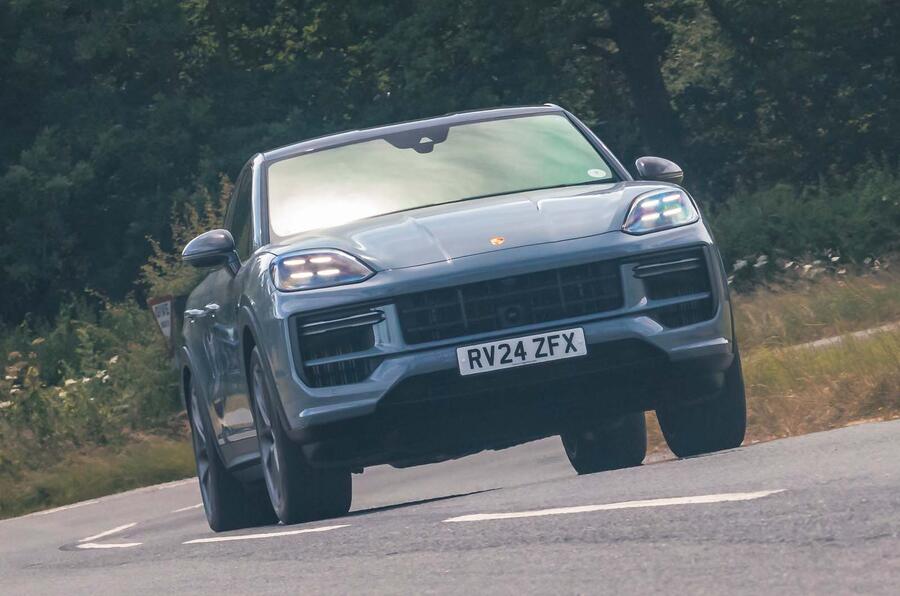
The Range Rover Sport SVR attempts a similar transformation. The car offers a broad array of drive modes, mostly accessed through the central infotainment touchscreen. The exception is SV mode, which gets its own illuminated button at six o’clock on the steering wheel boss.
So you press it. The car’s BMW-sourced 4.4-litre turbo V8, which has been surprisingly happy to play a supporting role thus far, gets louder, but not with quite the woofing authenticity of the Porsche’s 4.0-litre equivalent. There’s a clearer sense of digital enhancement about the Sport SV’s exhaust note; it’s not quite as genuine or likeable a V8 noise – albeit being one that, in isolation, is far from objectionable.
The transformation affected elsewhere is likewise a slightly qualified success, but perhaps only in direct comparison with the Cayenne.
The Range Rover Sport is, in a general sense, an SUV aimed much more towards refinement, comfort and isolation than the average Cayenne. As an SV, it undoubtedly has the greater sense of dynamic versatility – better luxury refinement manners, most of the time, when it’s just mooching from A to B – although not quite the same out right tautness, immediacy, grip and poise at the upper end of the handling spectrum.
Porsche Cayenne Turbo E-Hybrid Coupe GT vs Range Rover Sport SV: Driving dynamics
That sheer size, width, bulk and higher profile, which give it a leg-up on practicality and capability, begin to get in the Range Rover’s way on a testing road. Along with the wheel travel the car needs in order to work as well as it does off road comes some jouncing, restive body movement on it, which the suspension can’t fully dial out even when at its firmest and lowest.
And so where the Cayenne feels taut, flat, level and remarkably composed at fast backroad speeds, the Range Rover tends to shuffle around slightly, adjust its posture as one bump follows another and just begin to threaten the verges and hedges with its sheer heft rather than staying locked to its assigned line.
![]()
For out right handling agility and cornering balance, both are big cars with readily apparent special, almost supernatural powers. Both have torque-vectoring drivelines that will route power to the outside rear wheel, right where you want it in order to rotate the car under power; both have lateral body control and grip enough to be chased through a corner and pivot towards its exit.
Both, then, in short, are a lot more entertaining to drive on a winding B-road than any vehicle this size has a right to be.
But it’s the Cayenne that feels lower, leaner and more immediate; that has the more adhesive feeling front axle and crisper chassis response; and, perhaps most importantly, whose sheer size feels marginally slighter and therefore more easily kept in check as you move down single-carriageway roads with the sort of momentum that only 2.5 tonnes, pushed along by more than 600bhp, can really create.
Porsche Cayenne Turbo E-Hybrid Coupe GT vs Range Rover Sport SV: Verdict
So after plenty of fast road driving, it’s the Porsche Cayenne Turbo that rises above as a sporting prospect. It has an engine that feels more potent as well as more characterful; a chassis that handles with greater agility, precision, balance and composure; and a dynamic character with likeable purpose, drama and entertainment value that is as generously supplied as its monstrous pace.
The Range Rover beats it for luxury appeal and for versatility and, quite possibly, although more subjectively, for design appeal. And then there’s a breadth of ability and off-road capability to consider – which, here and now and on the basis of how it’s configured, we would guess (and it’s only an educated guess, because off-roading wasn’t a part of this test) that the Range Rover would win out on as well.
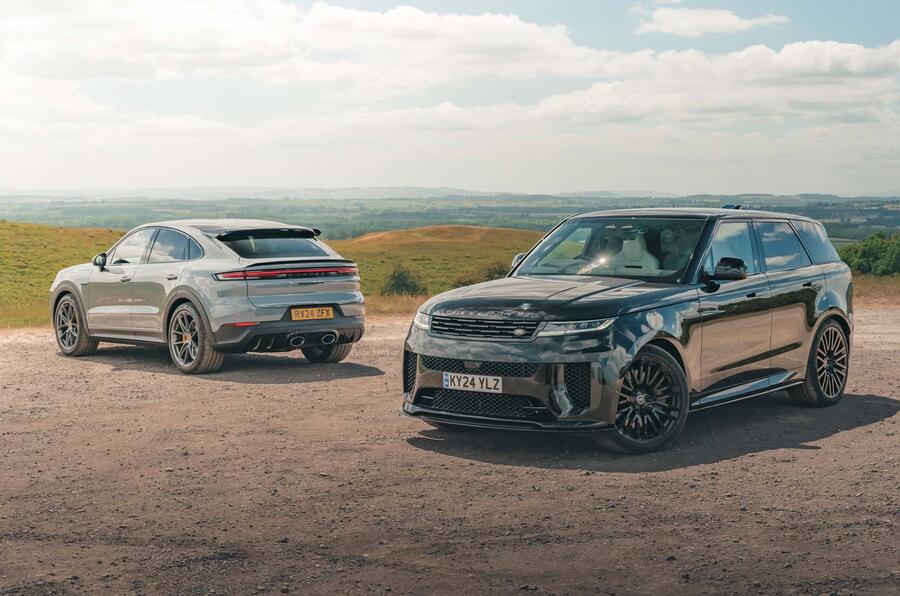
So which is the better super-SUV? In all objective honesty, it depends what kind of superhero you have in mind. But for this tester, 20 years on, it’s the Porsche ‘Sportility’ Turbo that still feels like marginally the greater achievement of engineering – and that's the car that would give me the bigger kick.
1st. Porsche Cayenne Turbo E-Hybrid Coupe GT
Two decades on, it’s still setting a superbly high standard among super-SUVs for dynamic appeal and driver reward – and electrification doesn’t change that one jot.
2nd. Range Rover Sport SV Edition One
Lacks a little attitude and warmth of character compared to the old SVR. Very impressive breadth of ability and luxury appeal, although not quite the dynamics of the Cayenne.
